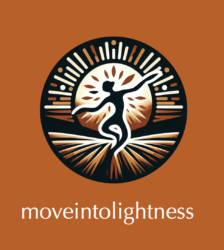For many enthusiasts of social dancing styles like zouk, bachata, and salsa, the fear of not fitting in can be paralyzing. They worry about looking foolish or not being good enough compared to others on the dance floor. It’s a common barrier that can prevent dancers from fully engaging with the music and the community.
The Impact of Fear on Social Dancers
This fear manifests in several ways:
- Hesitation to Participate: Dancers may hold back from joining classes or social events, limiting their opportunities to improve and enjoy dancing.
- Reduced Learning and Engagement: Anxiety can slow down the learning process, making it difficult for dancers to pick up new moves and styles.
- Social Isolation: The worry about not blending in can lead to avoidance of social interactions, which are crucial for growing in dance communities.
This fear not only inhibits technical skills and performance but also diminishes the social fulfillment that comes from dancing.
Our Tailored Solution: Building Confidence and Belonging
Our program, moveintolightness, addresses these challenges head-on by fostering an environment where dancers can overcome their fears and feel a sense of belonging. Here’s how we break down these barriers:
- Customized Exercises: We provide tailored exercises that focus on building confidence through mastery of dance movements. These exercises help dancers develop a physical awareness that transcends into feeling more secure and less self-conscious.
- Mind-Body Integration: Understanding the link between mind and body is crucial in overcoming the fear of not fitting in. Our strategies help dancers manage their anxiety and enhance their presence, allowing them to feel more connected with the group and less focused on their self-doubts.
- Feedback Loops: Immediate feedback is integral to our training approach, allowing dancers to adjust their movements and attitudes in real-time. This not only improves their dance skills but also boosts their confidence as they see tangible progress in their abilities.
- Community Support: No dancer is an island. Our program emphasizes the importance of community in the learning process. By participating in a supportive network, dancers can share their fears and learn from others, which strengthens their sense of belonging and reduces the feeling of being an outsider.
Through moveintolightness, we aim to empower dancers not only to excel in their dancing abilities but also to conquer their fears of not fitting in. Our approach ensures that dancers feel part of the dance community, equipped with the confidence to express themselves freely and joyfully on the dance floor.
